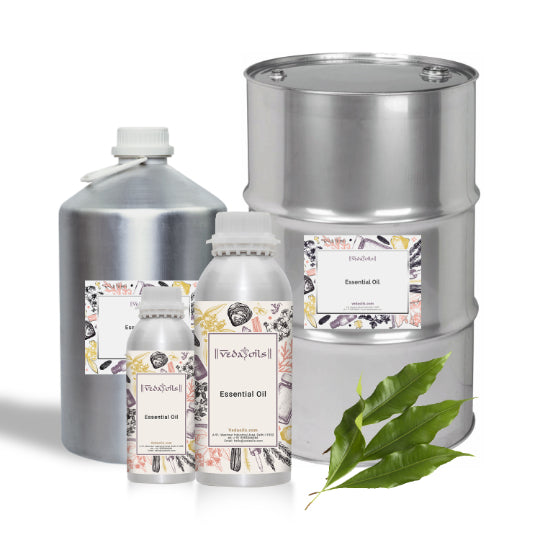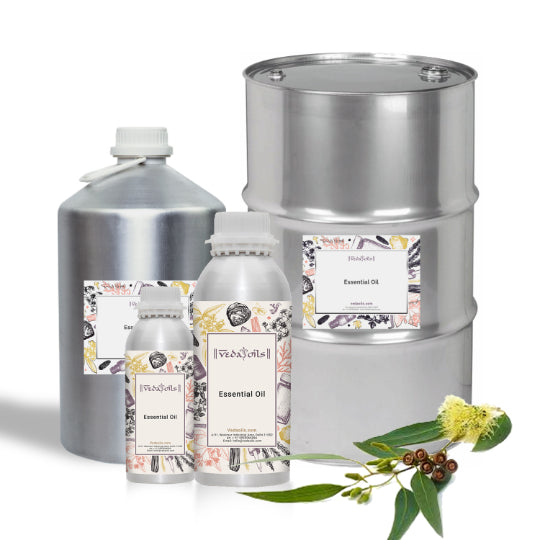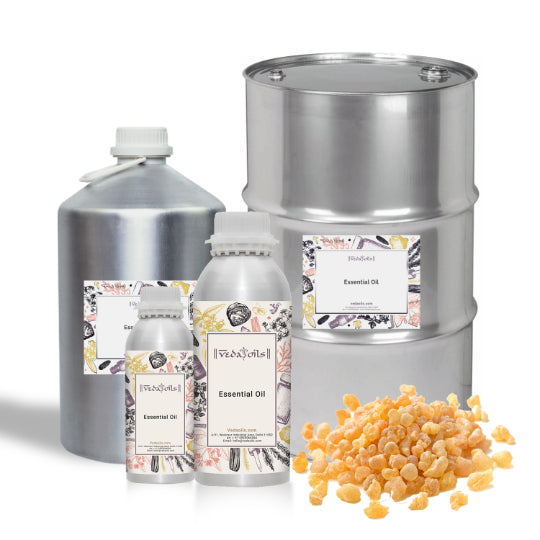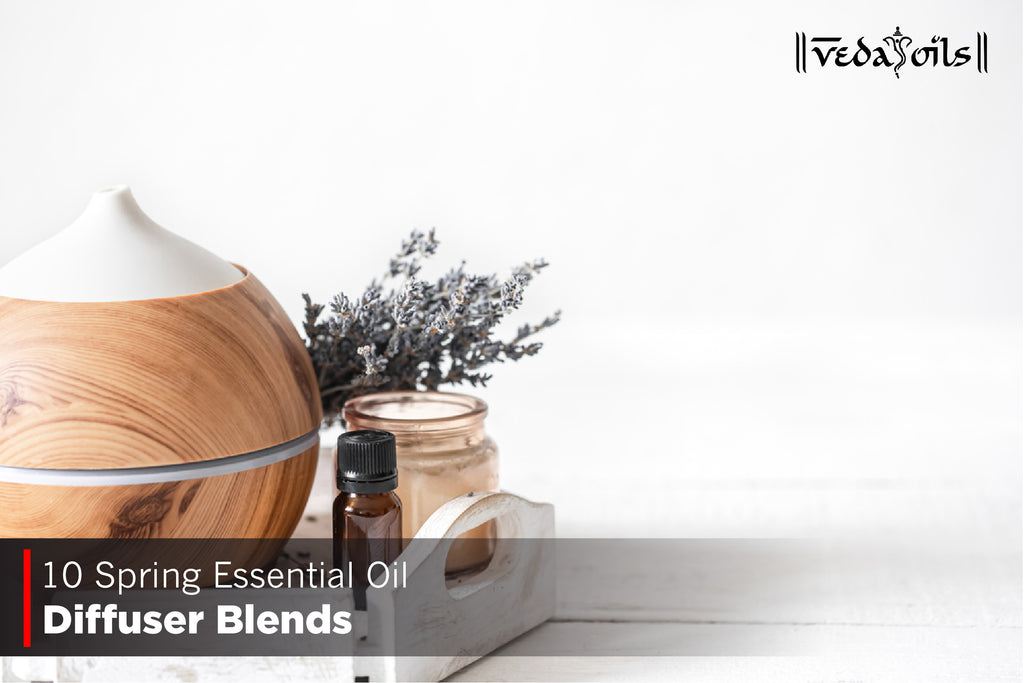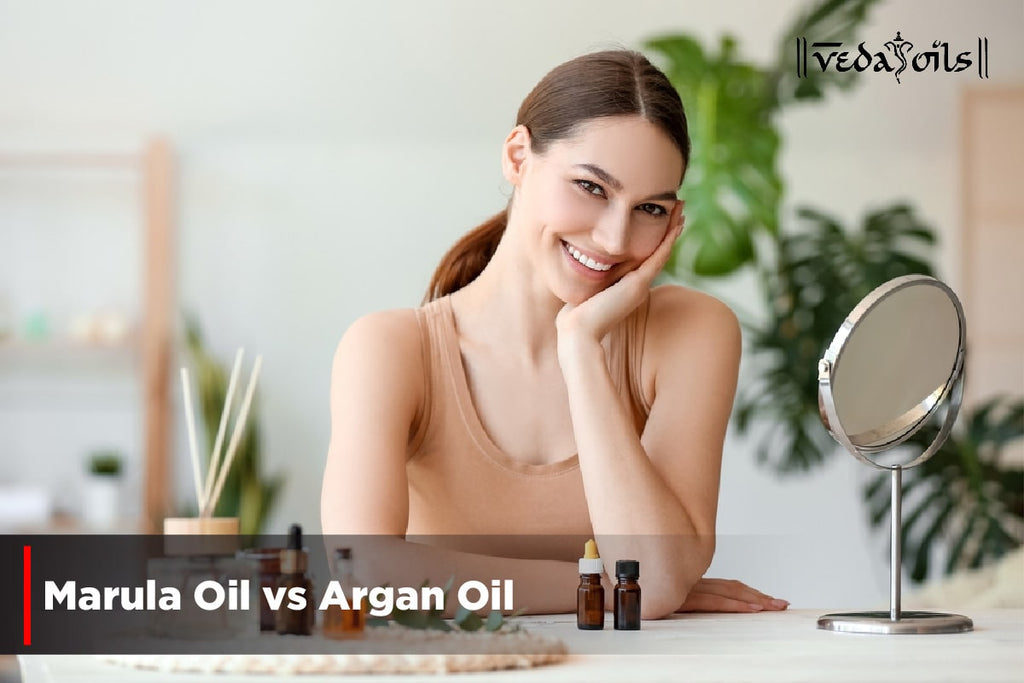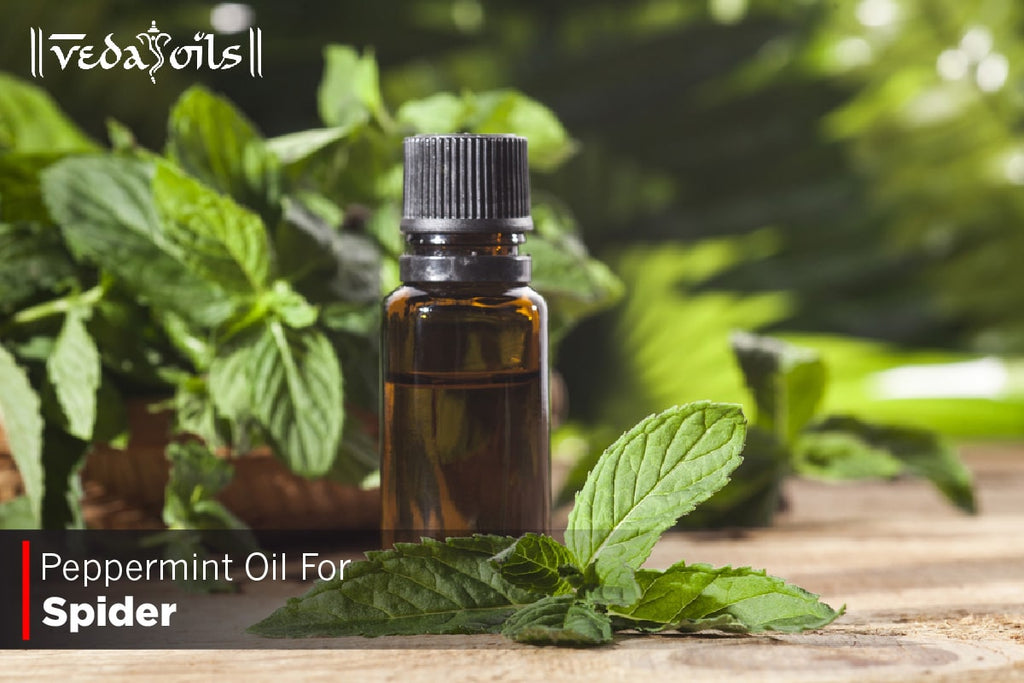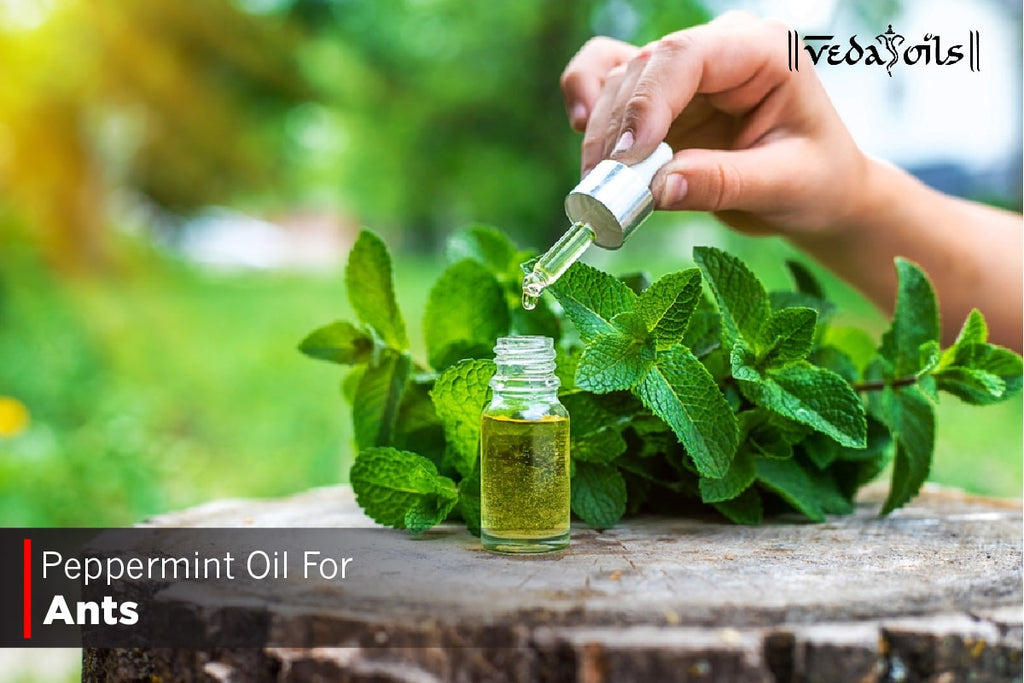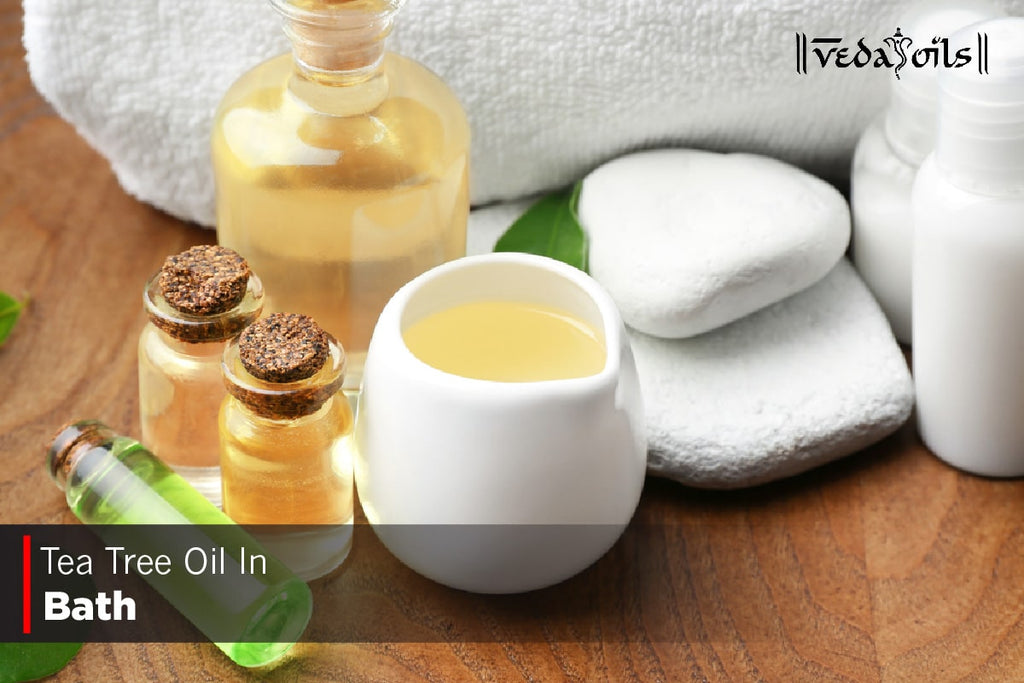Essential oils are slowly becoming more popular than ever. And why not? After all, they provide various health and wellness benefits. But we also need to understand that not all essential oils are created equal because brands begin to manipulate the quality whenever there’s something gaining popularity amongst consumers.
Many factors affect the purity and quality of Essential Oils testing, such as the growing conditions of the plants and the extraction method used. Even the packaging and storage of the oils are significant factors. For all these reasons, it's essential to know all the ways to identify essential oil quality testing. So, let’s dive into the discussion of essential oil testing.
6 Ways To Identify Essential Oil Testing

Essential oil purity is very important for effective and safe use. To help you understand that better, we have listed the six ways to identify high-quality oils. Here are the methods or practices to determine the essential oil quality testing.
1. Qualitative & Quantitative Analysis

Qualitative analysis and quantitative analysis are crucial factors when it comes to determining the purity of essential oils quality. The qualitative analysis involves determining the presence or absence of particular compounds. On the other hand, the qualitative analysis consists of the measuring of amounts of these compounds. Both methods can be combined to provide a more complete picture of the quality of essential oil. In short, high-quality essential oils contain a consistent composition of compounds with zero contamination.
2. Sensory Evaluation

Another way to test the purity of essential oils is sensory evaluation. Sensory evaluation involves using the senses, such as smell and sight, that help assess essential oils' quality. In addition to that, experienced evaluators can detect subtle differences in colour, aroma, and viscosity that indicate the purity and quality of the oil. Moreover, you also need to know that sensory evaluation can be subjective. Therefore, it's important to have experienced evaluators with a strong understanding of essential oil quality testing properties.
3. Odour Evaluation

Odour evaluation is also a great way to test the purity of essential oils. It is a type of sensory evaluation that focuses specifically on the aroma of essential oils. The essential oil's scent is one of the most significant and vital indicators of its quality and purity. When you pick a high-quality essential oil, you must check its consistent and strong aroma. The essential oil should not have any off-notes or chemical smells.
4. Physical Parameters

The essential oil quality testing can be assessed using physical factors such as refractive index, density, and optical rotation. These variables, which offer quantitative information on the chemical characteristics of the oil, can be measured using specialised equipment. Deviations from recognised norms may be a sign of contamination or adulteration.it is one of the crucial factors of essential oil testing.
5. Gas Chromatography

Another way to identify testing of essential oils is gas chromatography. It is a specific technique that separates and analyzes the components of a complex mixture. It is commonly used to analyze the composition of the essential oils. This also provides a detailed analysis of the individual compounds present in the oil. You might not know, but gas chromatography can even detect trace amounts of impurities in the essential oil. This is truly a valuable tool that can help assess essential oils' quality.
6. Component Identification

Component identification is also a process that helps check essential oils' purity. This process involves isolating and identifying the individual compounds present in the essential oils. This technique can be used in conjunction with gas chromatography or other laboratory methods. It helps provide a detailed and comprehensive analysis of the essential oil’s composition. If there’s a high-quality essential oil, it should have a consistent composition of compounds with no unknown or unexpected substances present.
Conclusion
In conclusion, the essential oils quality testing are crucial for their therapeutic and aromatic benefits. In this blog, we have mentioned several ways to test the quality of essential oils, which you can choose to assess the purity of the essential oils. By understanding these testing methods, you can ensure that you purchase high-quality essential oils free of contaminations and adulteration. So, check out these pointers next time you buy essential oils for yourself.


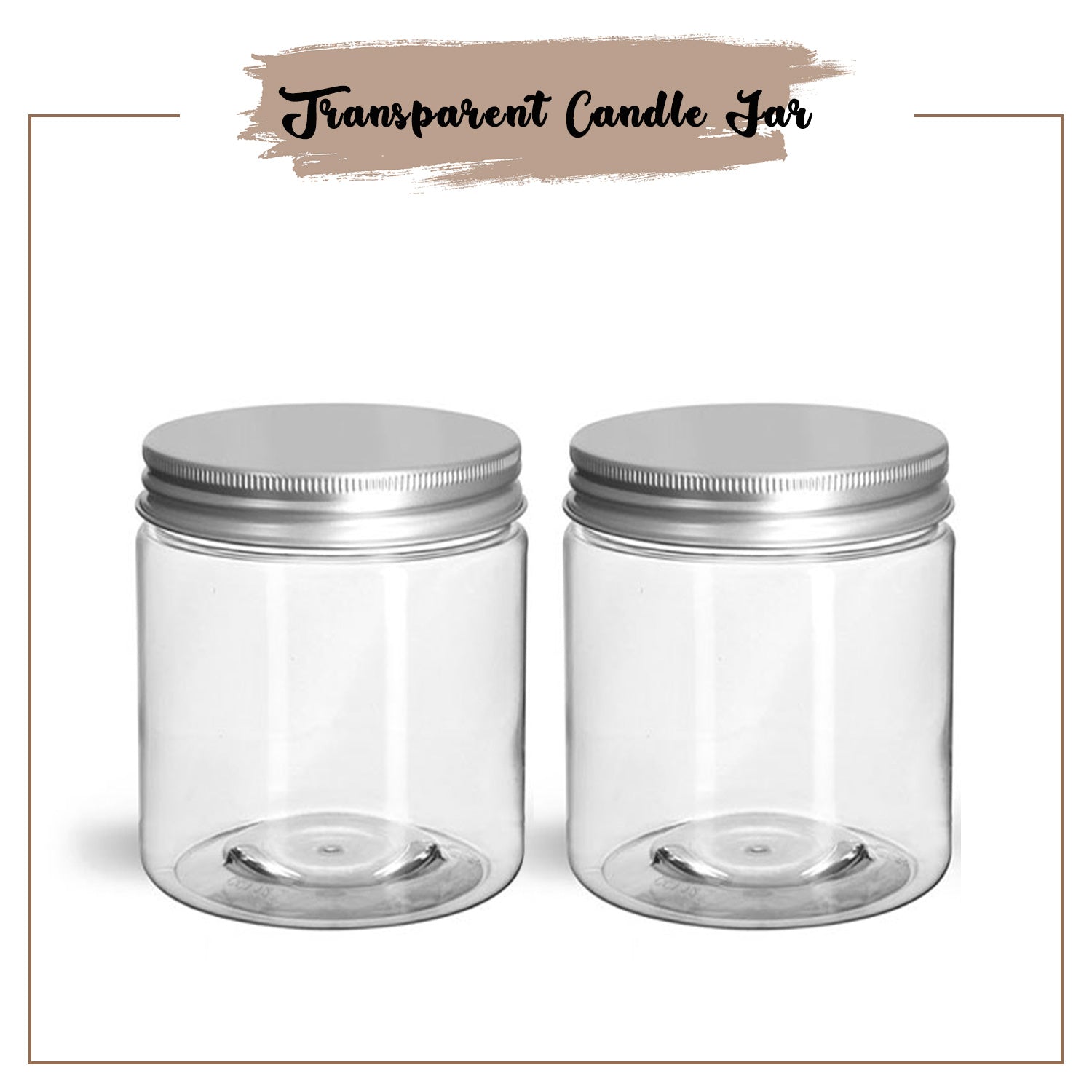

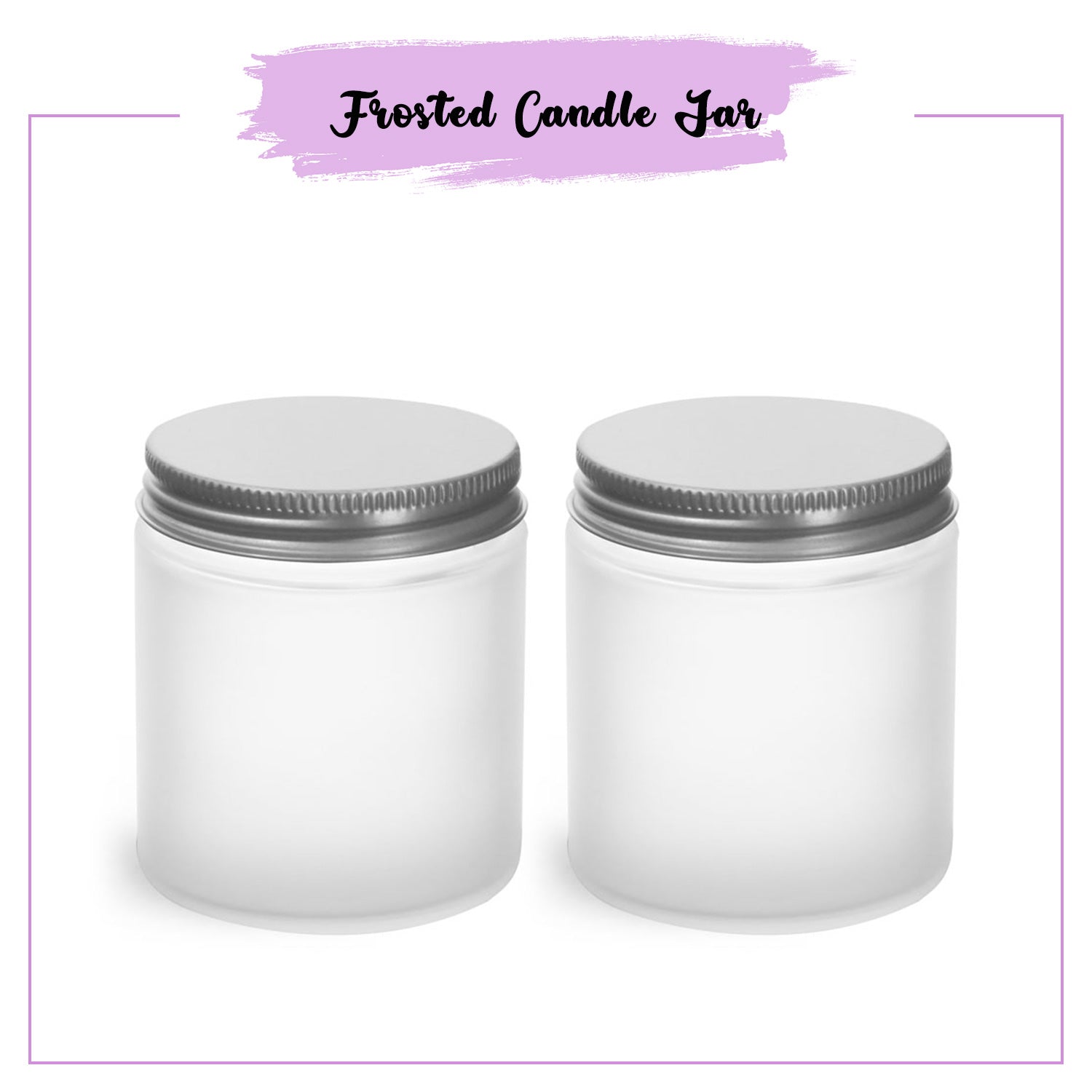

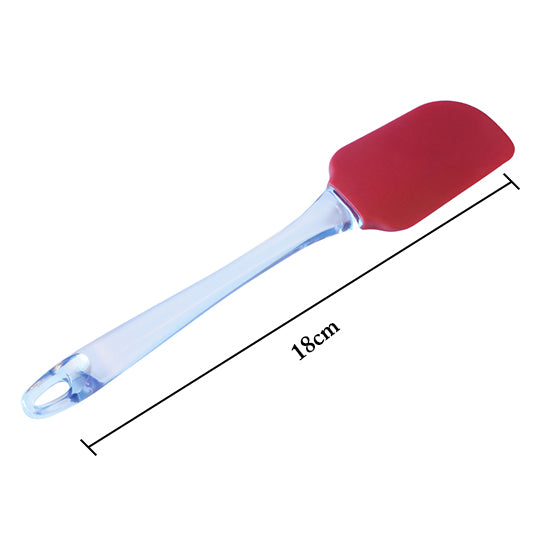

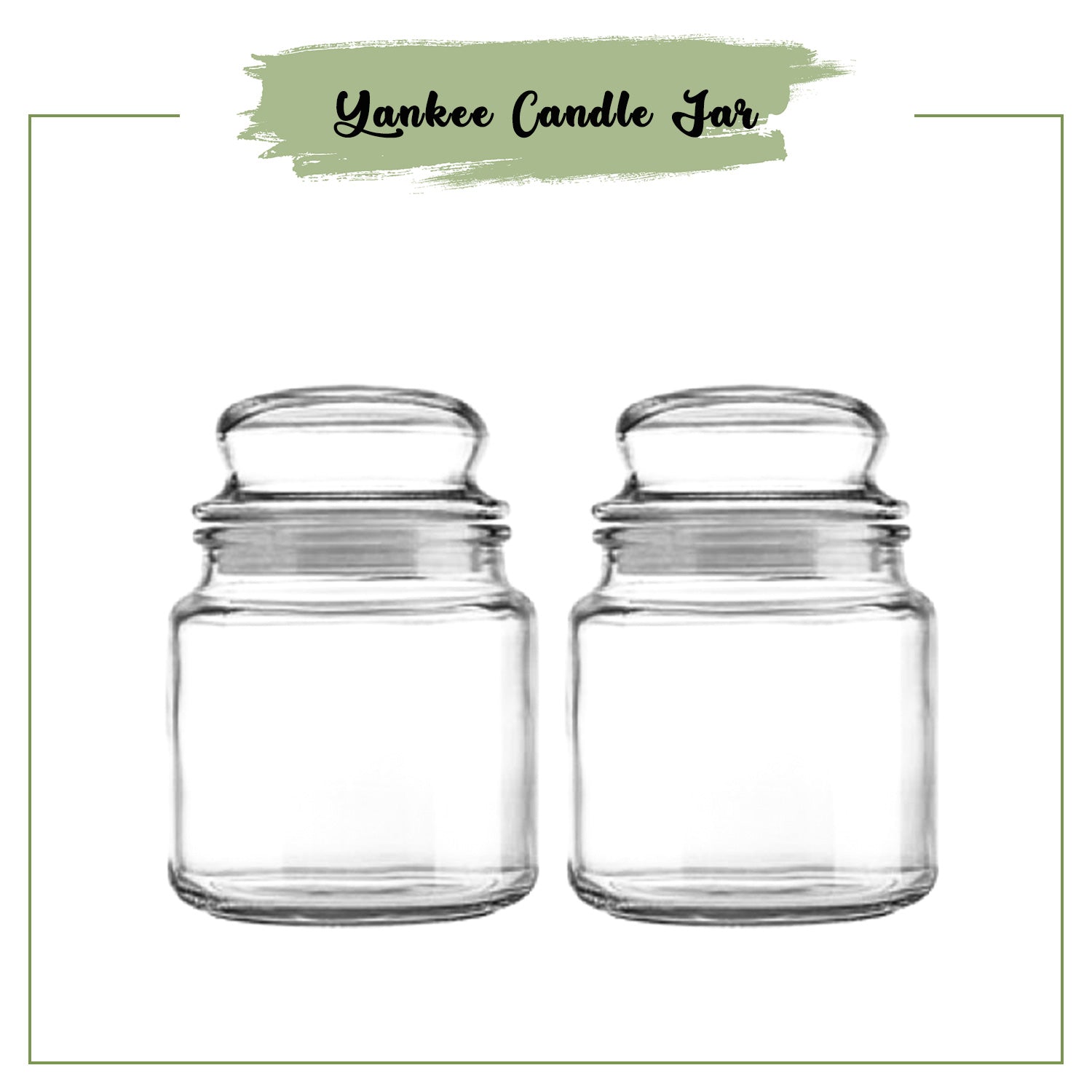

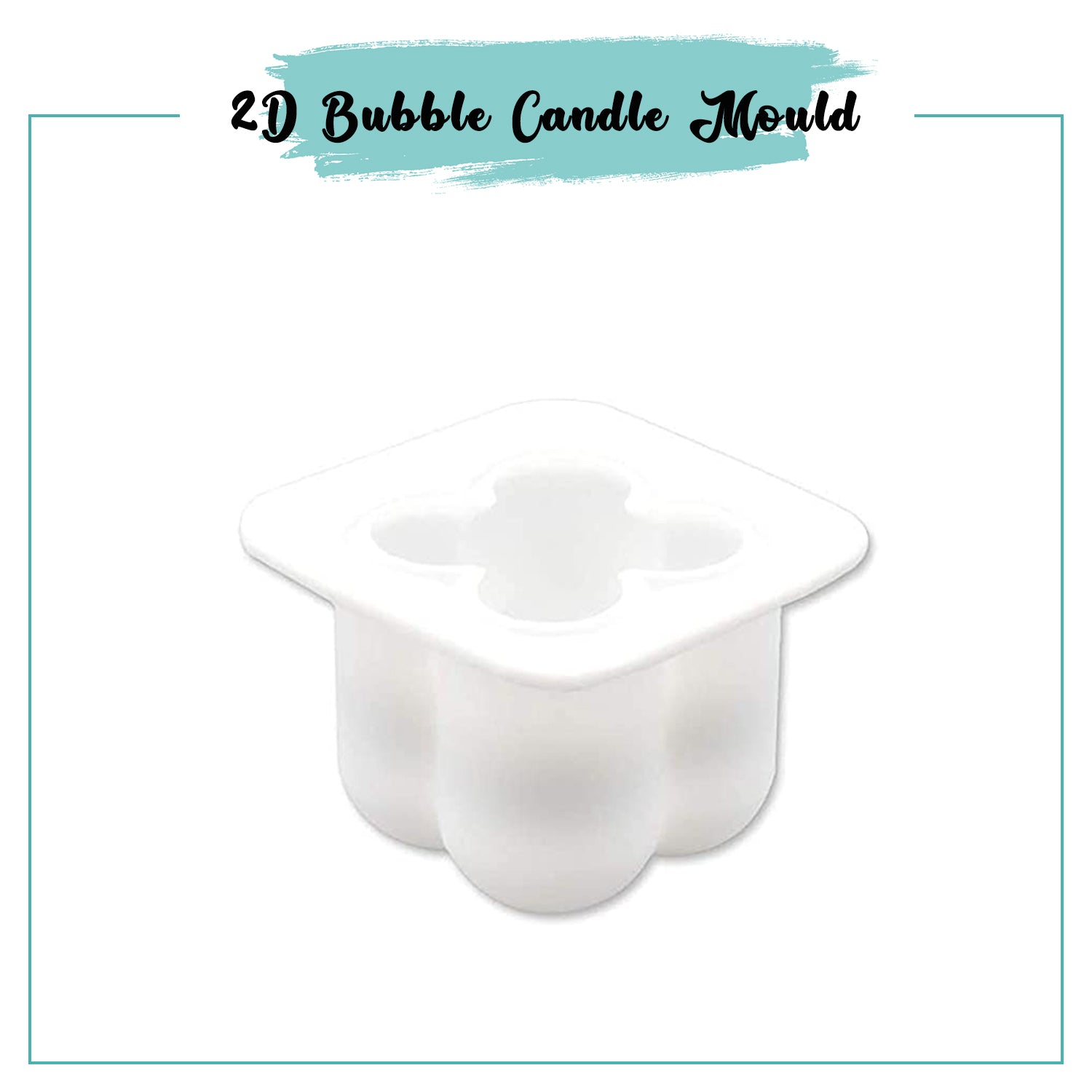


 Sign in
Sign in Register now
Register now My Reward Points
My Reward Points


